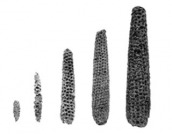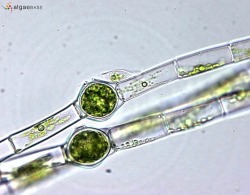Right now, there are 20 algae companies on the industry map, and 25 algae research institutions.
I have made the algae maps public in hopes that people within the algae community will add to them and continually improve them. Thank you for your help!
Map of algae biofuel companies
View Algae biofuel companies in a larger map
Map of algae research
View Algae research at Universities and National labs in a larger map





 RSS Feed
RSS Feed
